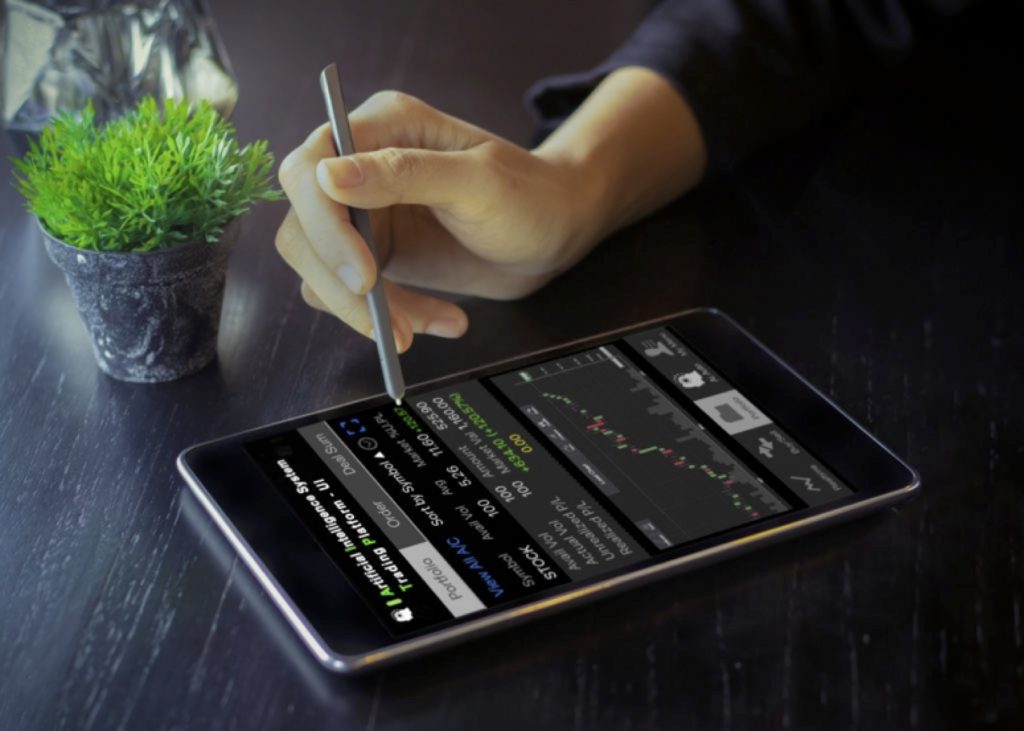Entrepreneur Trader Tip: Use Implied Volatility to Your Advantage
Implied volatility (IV) is an effective strategy for options trading. With IV investors are lowering the risks and raising the rewards of their successful trades. Here’s how you too can use IV to your advantage, something all entrepreneur traders need.
1. Understand IV and Standard Deviation
IV is based on how a stock is expected to perform over the course of a year. Standard deviation (SD) is the unit of measurement that represents the probability that the stock will reach the end of a specific price range in one year. The standard deviation for stock options is 68.2%
Here’s an example. If a stock is priced at $150 and it has an IV of 20%, there is a 68% percent chance the stock will reach $180 in a year. That’s because in our example, $150 + 20% = $180. The lowest figure on the SD range is $120 because $150 – 20% = $120. This means that the SD range for the stock is $120 to $180.
Options platforms will indicate the IV percentage next to the stock price to make it easy for you to calculate a standard deviation range for a stock based on the current IV percentage.
2. Calculate IVs for A Stock With A Different SD Range
Although options have 1SD, a stock may have a 1SD, 2SD, or 3SD:
- 1SD which is 68% plus $25 above (and below) the current stock price
- 2SD which is 95% plus $50 above (and below) the current stock price
- 3SD which is 99% plus $75 above (and below) the current stock price
Note: Stock Price x IV = SD Range for One Year
Knowing the correct SD range for a stock gives you leverage to sell higher stock option premiums when the stock rises towards the end of the SD range.
3. Look to the Future When Figuring Your Options Strategy
Historical volatility shows the past volatility; however, IV looks to the future. Since options are based on future performance, consider IV as the most up-to-date estimate of a stock’s volatility.
4. Pay Attention to Expected News
Whenever a stock is about to release some major news, the stock’s implied volatility
changes. According to tastytrade, “When the uncertainty related to a stock increases and the option prices are traded to higher prices, IV will increase.”
Be ready when you hear something is about to happen such as:
- FDA drug trial announcements
- Possible mergers or acquisitions
- Product approvals
- Upcoming earnings reports
Timing is everything in options trading because once the actual event occurs, the thrill dissipates. Option prices go back down.
5. Strategies to Trade Options with High IV Levels
High IV levels make options harder to buy because they become expensive. Sell strategies include:
- Covered calls
- Credit spreads
- Short straddles
- Uncovered Put
6. How to Trade Options with Low IV Levels
Low IV levels options trading means options are more affordable. It’s time to buy long-dated options:
- Calls
- Debit spreads
- Long straddles
- Puts
You can lower your risks and raise your rewards with options trading. By understanding how IV is determined, you’ll make trades based on the highly likely and the most profitable potentials.


